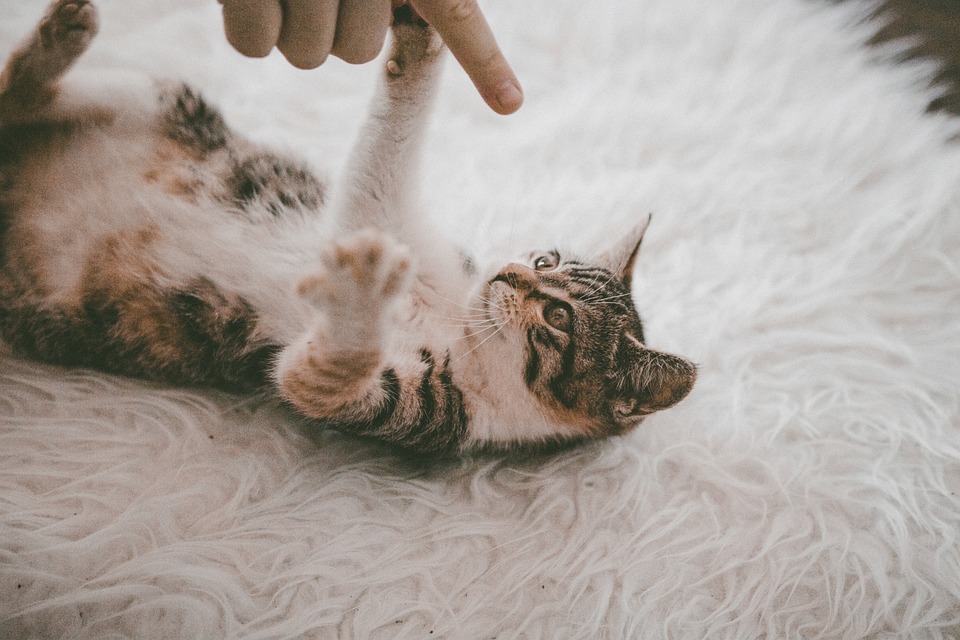Cats are curious creatures who love to explore the outdoors, but letting them roam freely can pose risks to their safety. Creating a cat-friendly garden is a wonderful way to provide your furry friend with a safe and stimulating environment. One key element to consider when designing a cat-friendly garden is the inclusion of cat grass. In this article, we will guide you through the process of creating a cat-friendly garden and answer frequently asked questions about cat grass.
Benefits of a Cat-Friendly Garden
Before we delve into the specifics of incorporating cat grass into your garden, let’s explore why creating a cat-friendly garden is beneficial for both you and your feline companion.
1. Safe Outdoor Exploration: A cat-friendly garden allows your cat to experience the outdoors while minimizing exposure to potential dangers such as traffic or other animals.
2. Mental Stimulation: A garden filled with various sensory experiences can keep your cat mentally stimulated, preventing boredom and its associated behavioral issues.
3. Exercise and Enrichment: A well-designed garden provides ample opportunities for your cat to exercise, climb, scratch, and play, promoting a healthy lifestyle.
4. Reduced Stress: Being in nature has a calming effect on cats, reducing stress and anxiety levels.
Incorporating Cat Grass into Your Garden
Now that we understand the benefits, let’s explore how to incorporate cat grass into your garden to create an enticing environment for your feline friend.
1. Choosing the Right Cat Grass: Opt for cat-friendly grass varieties such as wheatgrass, oat grass, or barley grass. These grasses are easy to grow and safe for your cat to consume.
2. Selecting the Perfect Spot: Identify a suitable area in your garden that receives partial shade and ample sunlight. Cats prefer grassy areas that are easily accessible and away from high-traffic zones.
3. Preparing the Soil: Ensure the soil in the chosen area is well-drained and fertile. Loosen the soil and remove any weeds or debris before planting the cat grass seeds.
4. Planting and Maintenance: Follow the instructions on the seed packet to plant the cat grass seeds at the appropriate depth. Water the seeds regularly and keep them moist until they germinate. Trim the grass periodically to encourage healthy growth.
Frequently Asked Questions about Cat Grass
To address common concerns about cat grass, we have compiled a list of frequently asked questions and their answers:
1. Is cat grass safe for my cat to eat? Yes, cat grass is safe for cats to consume. It aids in digestion and helps prevent hairballs.
2. How often should I water cat grass? Water cat grass regularly to keep the soil moist, but avoid overwatering, as it can lead to root rot.
3. Can I grow cat grass indoors? Absolutely! Cat grass can be grown indoors in pots or trays near a sunny window. This is especially beneficial for indoor cats.
4. What if my cat doesn’t show interest in cat grass? Every cat has different preferences. If your cat doesn’t show interest, try offering different varieties of cat grass or alternate toys and activities to engage them.
Creating a cat-friendly garden with cat grass is a fulfilling endeavor that enhances your cat’s quality of life. By following the steps outlined in this article, you can provide your feline companion with a safe and stimulating outdoor space they will adore. Remember, a happy cat makes for a happy home!








